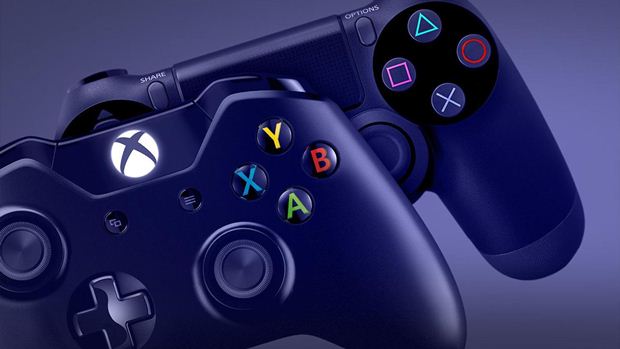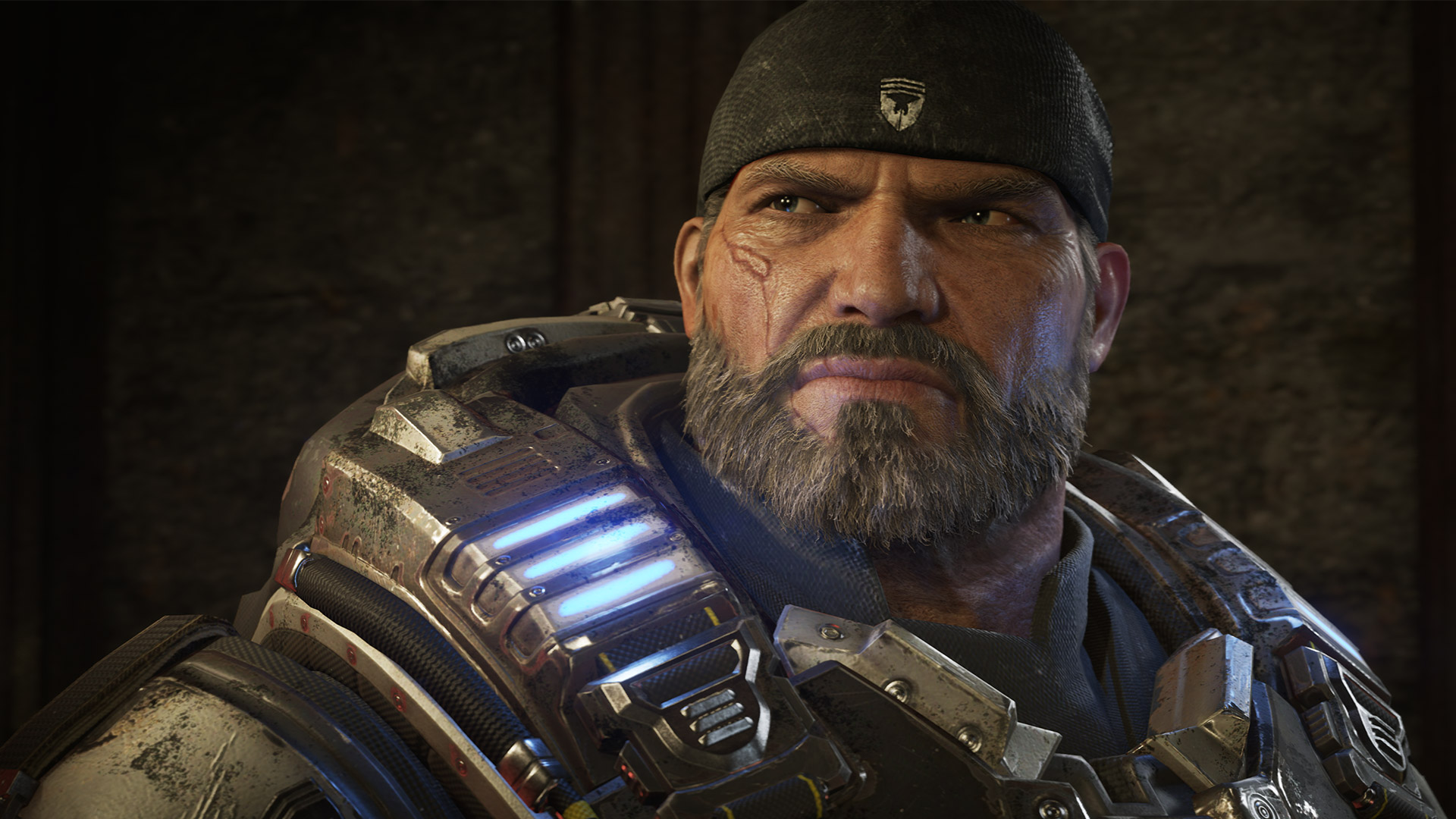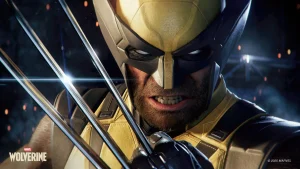
Nearly a decade ago, thousands upon thousands of excited gamers gathered at the LA Convention Center to attend the yearly Electronic Entertainment Expo. The 2013 edition of the highly anticipated event would not only bring a slew of new games for fans but also reveal important details about the next generation of consoles from both Sony and Microsoft. It was a head-to-head battle for the win, and Sony secured the victory by doing the obvious.
Microsoft made the first move at revealing its cards for its next-generation offerings, and well – that conference ended up sparking more skepticism than excitement for the next era of Xbox. And a lot of that could be blamed on a huge disconnect between what Microsoft wanted to give with the Xbox One and what fans wanted from a next-gen console. In addition to focusing too much on the entertainment capabilities of the console, Microsoft also made some controversial decisions that would go on to hurt the reputation of the brand in a significant way.
For starters, it was stated that the Xbox One wouldn’t support used games and that options for reselling and lending games would rest in the hands of third-party publishers. Furthermore, the console would have to be always online to not only check in for system and application updates but also for playing video games. The entire conference was filled with such anti-consumer announcements which made the Xbox One sound like a train wreck just waiting to happen.

Just a couple of hours later, Sony took the stage and made some quick jabs at Microsoft’s announcements to cement its stance as a more consumer-friendly brand than the competition. The Japanese gaming giant announced that PlayStation 4 would fully support used games and that players will have the full freedom to lend it to a friend, trade it for cash, or keep it forever should they wish to. Hell, they even made a quick 30-second commercial on how to share games with friends on a PS4 – which felt like a mic drop moment after listening to Microsoft’s policies with the Xbox One.
Sony also clarified that PlayStation 4 doesn’t require an internet connection to function and that games would be fully playable without a broadband connection. And these announcements were accompanied by a series of laughs and claps from fans which was a strong indication that Sony had won the hearts of gamers, while the Xbox One was doomed to start its life on a weak footing.
But the E3 mess didn’t just stop there, though. When asked about the ramifications of Xbox One’s always online shenanigans and how that would alienate a huge chunk of gamers, at the time president of Xbox Donald Allan Mattrick said, “We have a product for people who aren’t able to get some form of connectivity; it’s called Xbox 360.” And while his intentions might be different than what was construed by fans and the press, that statement felt like a derogatory remark for a ton of fans who didn’t have the means to get a broadband connection or lived in rural areas with little to no internet connectivity. Add to that the fact that the Xbox One was launched at a price of $499 while the PS4 was priced at $399, and the situation started to look very murky for the Redwood-based giant.

But having the right context is paramount to assessing any given situation, and if we take a look at the past – we will start to understand why Microsoft acted the way it did and how Sony capitalized on the situation to further its cause. You see, during the launch of PS3 and Xbox 360 – Sony priced its seventh-generation console offerings at $499 while Microsoft launched its console at $399 which made the latter of these choices a more economical option. Add to that better online community with Xbox Live and genre-defining hits like Halo 3, and Xbox 360 managed to beat Sony during the PS3 generation. As such, it’s very likely that Microsoft got too arrogant with its success and may have thought that it might just get away with the anti-consumer practices that it highlighted at its E3 2013 conference.
Sony had learned from its mistakes with the PS3 and focused its efforts on making the PS4 the most consumer-friendly platform possible. Sure, it wasn’t perfect by any means, but it just had to be better than the Xbox One which it was by a significant margin. On the other hand, Microsoft’s wrong moves landed them in a rocky spot early on in the generation, and cleaning this mess up wasn’t going to be easy by any means.
Following the Xbox One launch debacle, Donald Allan Mattrick was replaced by Phil Spencer who became the new face of the Xbox brand. Over the coming years, Spencer would continue to make significant changes to the Xbox ecosystem in hopes of bringing it on par with the competition. One of the earliest moves that Spencer made was walking back on the previously mentioned always online and used game policies alongside offering a $399 Xbox One variant without the Kinect add-on – which finally put the console on an equal price footing as the launch PS4.
Spencer would also go on to make key investments like acquiring numerous game studios to produce quality Xbox exclusives and introduce alternate editions of the console in the form of the Xbox One S and the Xbox One X. And while these moves were certainly commendable on their own, it always felt like Microsoft was largely playing catch up to Sony who continued to make big strides throughout the generation with a steady stream of compelling exclusives like Uncharted 4 and Bloodborne among others. On the other hand, most of the competition’s exclusives like Halo 5, Crackdown 3, and others failed to hit the mark in one way or another – further worsening the brand’s reputation for the course of the entire generation.
And while Xbox Game Pass has proven to be a big win for the company, there’s little doubt that Xbox One lacked behind the PS4 by a huge margin. Further backing this sentiment is the clear disparity between the sales figures for both consoles. The PS4 sold well over 100 million units in its lifetime, while the Xbox One reportedly managed to sell a measly 50 million units in comparison. And why that ended up happening largely takes us back to the start of the generation, when Sony’s consumer-friendly practices gave the company a significant edge over its competitor.
Talking about this generation, Sony has been building on the goodwill established in the last generation with a constant influx of quality first-party experiences that continue to push the envelope of cinematic third-person experiences. On the other hand, Microsoft has course-corrected its wrongs and now strives to be a pioneer in creating a consumer-friendly platform with the Xbox Series X/S. Xbox Game Pass has proven to be simply unmissable for anyone wanting to game on a budget.
For a small monthly subscription fee, you get a vast library of games that not only includes the entirety of Microsoft’s first-party games at launch but also a steady stream of titles from third-party publishers. While Microsoft’s console offerings are still some ways behind Sony’s PS5, we can safely say that both gaming giants started this generation on a somewhat equal footing. The war of the console giants wages on, and it’s definitely going to be exciting to see how it all unfolds in the span of a few years.
Note: The views expressed in this article are those of the author and do not necessarily represent the views of, and should not be attributed to, GamingBolt as an organization.














